The importance of Predators
The biodiversity of communities are increased by predators. These predators won’t allow any species to become too dominent in the ecosystem and hence are called keystone species. They influence the balance of organisms in any particular ecosystem.
Introduction of a predator to any ecosystem or removal of a predator from any ecosystem results with drastic effects on the equilibrium of many other populations in the ecosystem. This ecological role played by them is very important to maintain the biodiversity.
Wolves were once removed from Yellowstone National Park. After that it showed profound impacts on the trophic pyramid. Because of the wolves removal, herbivores start over-grazing on many woody brown species which reduced plant populations.
It also had a direct effect on beaver populations, as their habitat became territory for grazing. Predation thus also keeps hydrological features in normal working order.
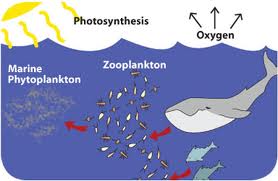
Marine Ecosystem
In a marine ecosystem if we remove the fishes, automatically the zoo planktons will be higher in numbers and it will feed more on marine phytoplankton which will end up with the extinction of the phytoplankton.
The four stages of predations:
1. Detection of prey2. Attack
3. Capture
4. Consumption
Always the predator and prey relationship is beneficial to the predator and detrimental to the prey. At each trophic level, they maintain an evolutionary arms race which enables them to increase their own abilities to feed or escape from their enemies. This helps them to improve the adaptation to the environment.
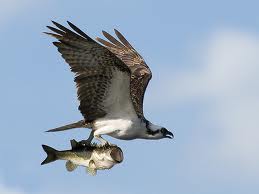
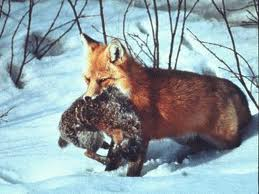
Predator - Prey
Camouflage Adaptation:
Camouflage is one adaptation used by both predators and prey. Some creates not only have special coloration and patterning but can actually change colors, such as chameleon. So both the predators and prey can’t detect is because of its appearance which helps it blend into the background.

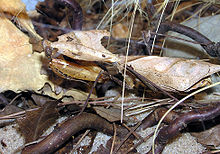

Camouflage of the dead leaf mantis makes it
less visible to both its predators and prey.
Mimicry
Mimicry is when one species looks similar in appearance to an organism of another species. Example: Drone fly. It looks like a bee but is harmless. To lure the prey the predators use mimicry.
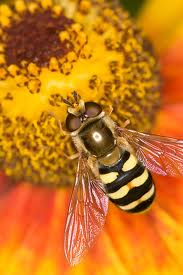

Drone Fly
Ecological Role of Frogs
The insect population is partially controlled by frogs. Frog, though, are good prey for many animals. So to escape from its enemies, frogs use lots of survival tools. Staying stable and showing like a dead animal and running away are the common adaptations. Different varieties use different adaptations. The four-eyed frog, Physalaemus nattereri, has two spots that look like eyes near its back legs. It shows these spots to predators, making it look like a more threatening animal.
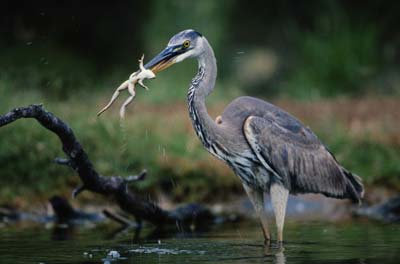
A great blue heron eating a frog
Want to know more about the uses of Ecological Role? Click here to schedule live online session with e Tutor!
About eAge Tutoring:
eAgeTutor.com is the premium online tutoring provider. Using materials developed by highly qualified educators and leading content developers, a team of top-notch software experts, and a group of passionate educators, eAgeTutor works to ensure the success and satisfaction of all of its students.
Contact us today to learn more about our tutoring programs and discuss how we can help make the dreams of the student in your life come true!